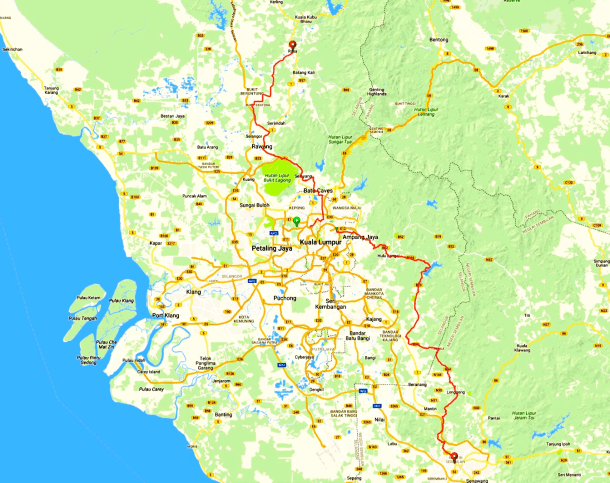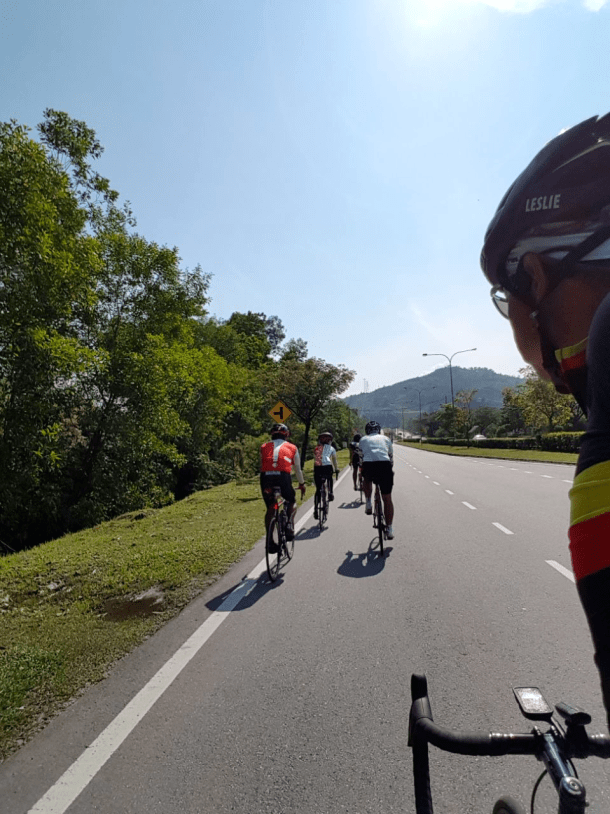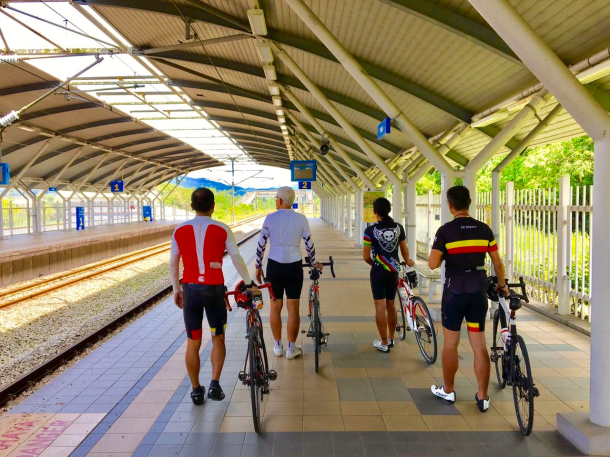I enjoy studying graphic representations of data. Like this map illustrating 59,036 routes between 3,209 airports on 531 airlines spanning the globe.

Graphic courtesy of openflights.org
And this chart showing our galaxy’s relative size and position within the known universe.

Graphic courtesy of nationalgeographic.com
The latest graphic to pique my interest is one created by Sisu.

Sisu takes your exercise data from Strava or Runkeeper, and turns that data into a print. Sisu has been around since at least 2014. Co-founder Peter Roome posted the first blog entry on the Sisu website in May that year.
I found out about Sisu last week, when cycling friends started posting their Sisu prints on Facebook.
There are a few designs to choose from on the Sisu website. I like their original design that displays all the routes you covered between your chosen start and finish dates. The plots of each route are sized so all of them fit on one page. Thus the plots are not to scale.
Below are the routes I rode in 2010, the year I started cycling. The first four rows show rides within and around Houston, Texas. The rest of the routes are either loops or out-and-back rides starting from Den Haag, The Netherlands. I moved from Houston to Den Haag in May 2010.
The rides range from 14.5km / 9mi (row two, far right, which was a short run from my Houston home to Hermann Park and back), to 124.5km / 77mi (row six, third from the left, which was from my Den Haag home to Kinderdijk and back).

Graphic courtesy of madewithsisu.com
Even with only fifty rides in 2010, patterns emerge from the plots. Most of my Houston rides were with the West End 6:30 group. We rode a consistent route through the city every Tuesday and Thursday. Most of those are shown on row three.
Den Haag is just a couple of kilometers from the coast. You can’t ride very far west before you run into the North Sea. So a lot of my rides in The Netherlands followed the coastline, either south-west or north- east from Den Haag.
As you lengthen the timeline, the Sisu plots of each route get smaller. To ensure that, in this case, 885 routes fit on one page.
This print shows my entire Strava ride history.

Graphic courtesy of madewithsisu.com
I think this print is a fascinating way to review my cycling history. It is obvious from the graphic that my Kuala Lumpur friends and I spent an awful lot of time on the KESAS Highway in 2013 and 2014, as shown by all the horizontal, slightly squiggly routes in the middle third of the print.
There was a time when the Bukit Damansara route was popular. This route  appears a dozen times in the centre rows.
appears a dozen times in the centre rows.
Highlights stand out too.
An evening’s ride around the Sepang International Circuit produced this plot  . It is not too difficult to find, about two-thirds of the way down the print.
. It is not too difficult to find, about two-thirds of the way down the print.
More difficult to pick out is this route, my longest ever ride at 445km / 276.5mi  . It is in the fourth row from the bottom.
. It is in the fourth row from the bottom.
Of course, what my Facebook friends and I should be doing is paying Sisu for a print.

Prints come on 300 grams per square meter Matt Photorag stock. 300gsm paper stock is at the higher end of paper thickness.
The print size is 12 inches by 16 inches for US orders, and A3 size (297mm by 420mm) for orders from the rest of the world. The price for a physical print, or a digital download, are above.
I’m thinking of a present to myself when I hit 60,112km / 37,351mi. That is 1.5 times around the circumference of the Earth. Which should be in two months or so.




















